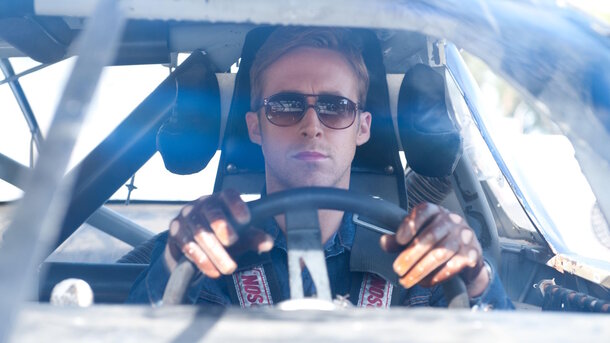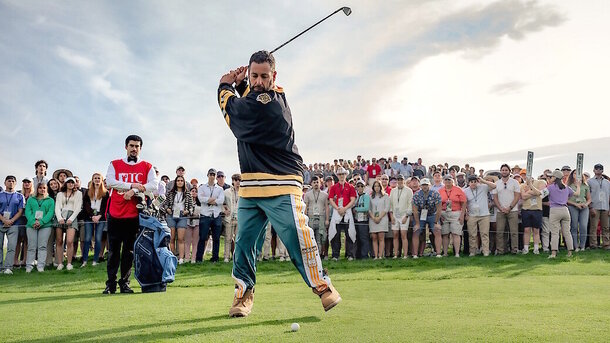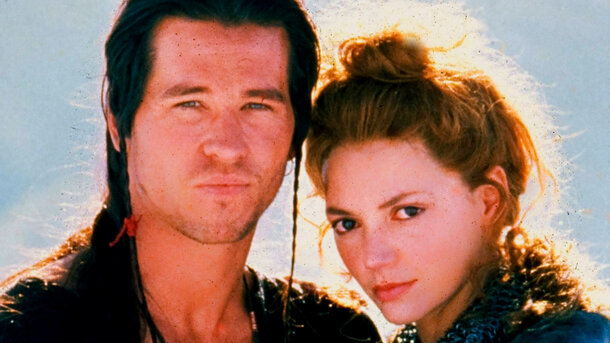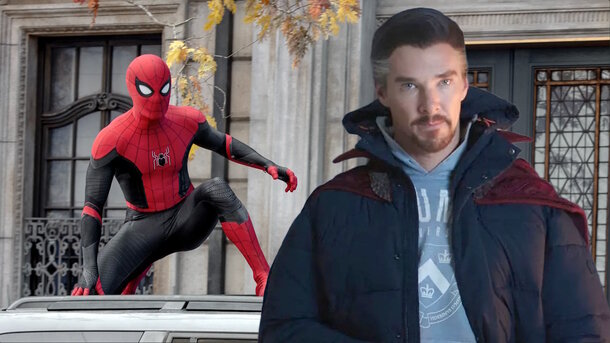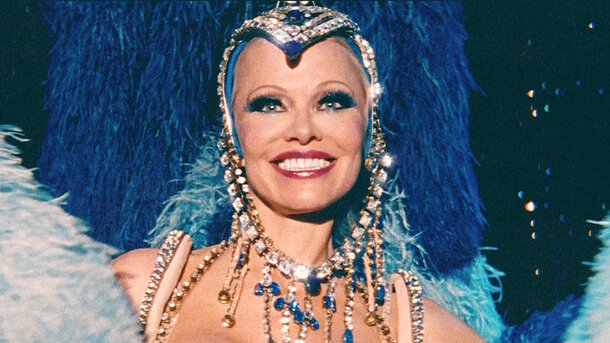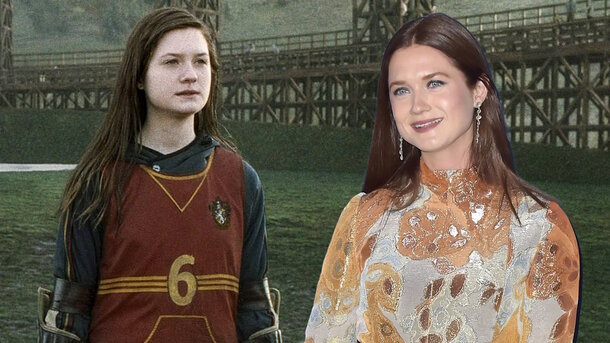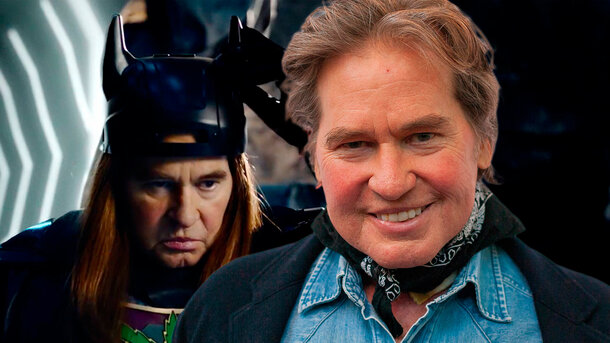When a director creates a genre-defining classic in three consecutive decades, it becomes more than a career — it becomes legacy. Martin Scorsese did exactly that: Taxi Driver in the 1970s, Raging Bull in the 1980s, and Goodfellas in the 1990s — a film many consider his greatest, with a 94% rating on Rotten Tomatoes to this day.
Released in 1990, Goodfellas is widely regarded as the ultimate Italian-American mafia movie. Though it didn’t win Best Picture at the Oscars, its influence shaped every gangster film that came after. From its bold soundtrack to Joe Pesci’s unforgettable portrayal of the unhinged Tommy DeVito, the film set a new standard. Robert De Niro’s calm menace as Jimmy Conway and Paul Sorvino’s quiet power as Paul Cicero made lasting impressions, while Lorraine Bracco’s performance as Karen Hill helped pave the way for The Sopranos.
Rooted in Reality, Told with Style
Based on Nicholas Pileggi’s nonfiction book Wiseguy, and co-written by Pileggi and Scorsese, the film traces the rise and fall of real-life mob associate Henry Hill. Played by Ray Liotta, Henry starts as a wide-eyed teenager in 1950s New York who always "wanted to be a gangster." Under the wing of Paul Cicero, Henry rises quickly, joining forces with Jimmy and Tommy as they build power — and cross boundaries, particularly by dealing drugs.

As Henry’s lifestyle spirals out of control, he faces the ultimate mafia dilemma: break the code of silence or lose everything.
Goodfellas doesn’t romanticize the mafia; it strips away the myth, revealing raw violence, loyalty, betrayal, and paranoia. Unlike The Godfather, which leans into elegance and tradition, Goodfellas thrives on energy, danger, and realism.
Decades later, its cultural impact is undeniable. It redefined the crime genre, launched careers, and set a tone still echoed in TV, film, and beyond. For many, it remains Scorsese’s crowning achievement — gritty, electric, and timeless.



